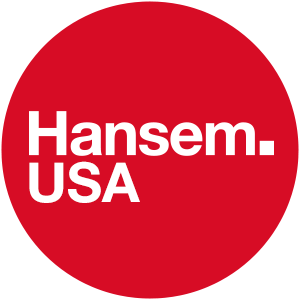

Technical Translation


There are any number of obstacles to be considered when a translator begins their journey of medical translation. Above all else, accurate translations must be delivered.
Adequate knowledge and background research are required in all types of translation. Fortunately, consulting reliable medical journals and websites can help here. However, in the world of medical translation, there are numerous issues specific to it. It is crucial for the patient to completely and totally understand everything that is relayed to them. High-quality results can only be attained through high-quality translation.
There are some relatively specific areas in which errors commonly occur where medical translation is concerned. Let’s take a look at obstacles in this area and how to watch out for them.
Where translations and medical devices are concerned, the challenge of providing accurate information is great, but one that must be overcome at all costs. From the linguistic quality of information provided to a medical device client, enormous benefits can be derived. So, any and all intricacies must be completely comprehended.
To deliver accuracy, specifics of the device, manufacturing processes, medical terms involved, etc., the information must be – at some level – understood by the translator. Only then can they hope to convey messages accurately to clients, medical professionals, patients, and more.
Remember, in this field, health conditions and people’s lives are dealt with on a daily basis. For any medical translator, knowledge of the medical industry is essential.
To the distinction between the INN (International Nonproprietary Name) of a medicine and drug names, special attention must be given. They frequently differ. As an example, to identify the drug equivalent of the Tylenol drug used in Italy, it would be useful to know the INN “Paracetamol”. This way, they can accurately translate Tylenol into the Italian term “Tachiptina”. This kind of information ends up being extremely helpful.
Additionally, in order to deliver a true and accurate translation, nuances must be caught by the medical translator. As an example, for a patient who has no hope of recovery and is going to die, euphemisms such as “critically ill”, “palliative care”, and “expire” are frequently used. These are unpleasant, delicate topics that need to be discussed accurately to avoid misunderstanding.
There are many translation domains, but due to its specialization, medical terminology offers obstacles of its own. The determination of her/his target audience is a crucial first step where medical translators are concerned. As an example, it would be important for a translator to know if their target audience is American or British when translating something as seemingly insignificant as “chickenpox” into “English”. It could come down to something as simple as spelling. However, the entire term can be totally different between American and British English.
Take the word “surgery” for instance. This word refers to their open hours and the doctor’s office in the UK. On the other hand, it means a place where you get an operation performed, and how you get cut open, in the United States.
You can see how your audience makes a difference.
With over 30 years of translation and localization experience to stand on, you can rely on Hansem Global for accurate medical translation.
Contact us today for information.
Hansem Global is an ISO Certified and globally recognized language service provider. Since 1990, Hansem Global has been a leading language service company in Asia and helping the world’s top companies to excel in the global marketplace. Thanks to the local production centers in Asia along with a solid global language network, Hansem Global offers a full list of major languages in the world. Contact us for your language needs!
 Transforming B2C Sales Training with Gamification
04.14.2024
Transforming B2C Sales Training with Gamification
04.14.2024
 The Impact of Localization on Salesforce’s Success with Hansem Global
04.07.2024
The Impact of Localization on Salesforce’s Success with Hansem Global
04.07.2024
 Mastering Right-to-Left (RTL) Language Localization: Avoid the Top 5 Desktop Publishing (DTP) Mistakes for Global Success
04.03.2024
Mastering Right-to-Left (RTL) Language Localization: Avoid the Top 5 Desktop Publishing (DTP) Mistakes for Global Success
04.03.2024